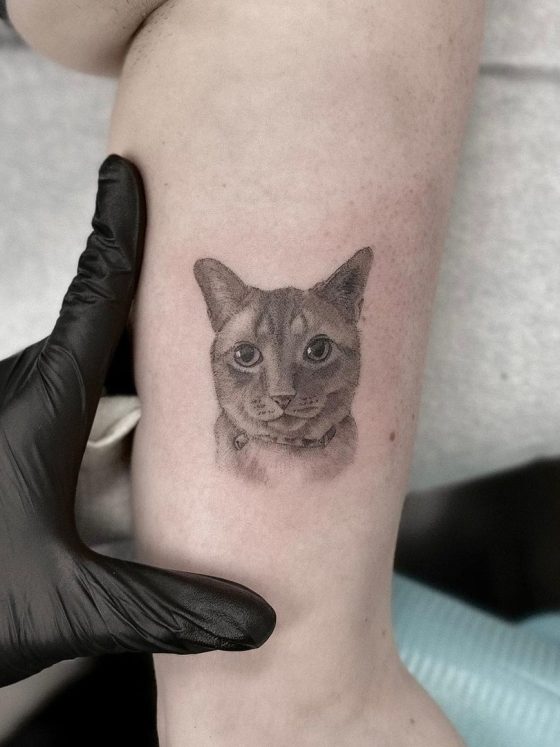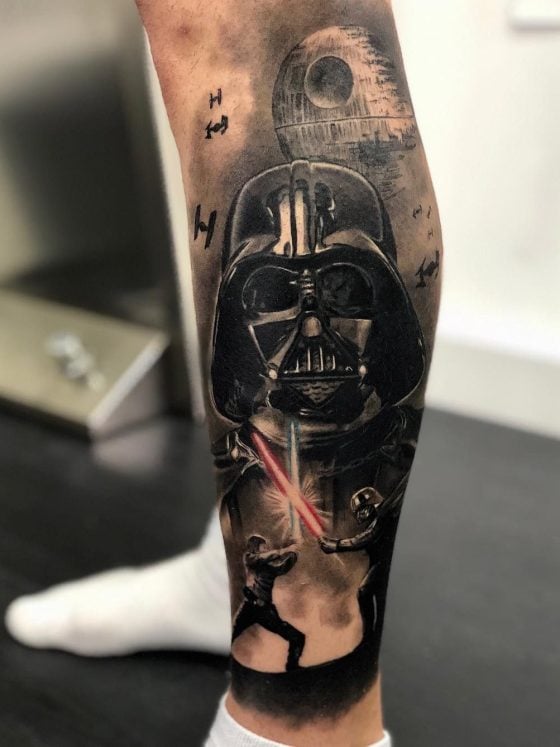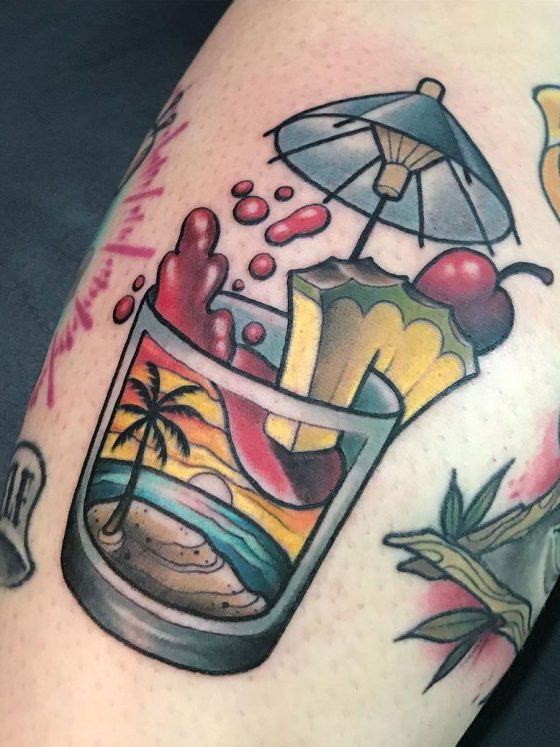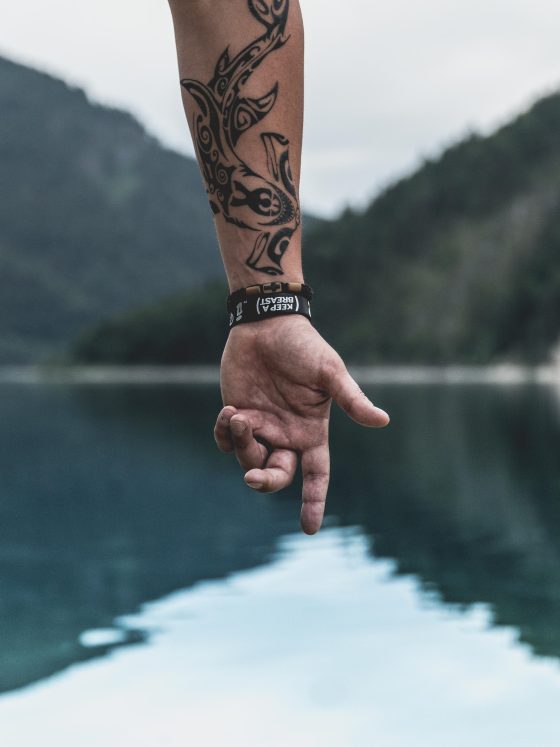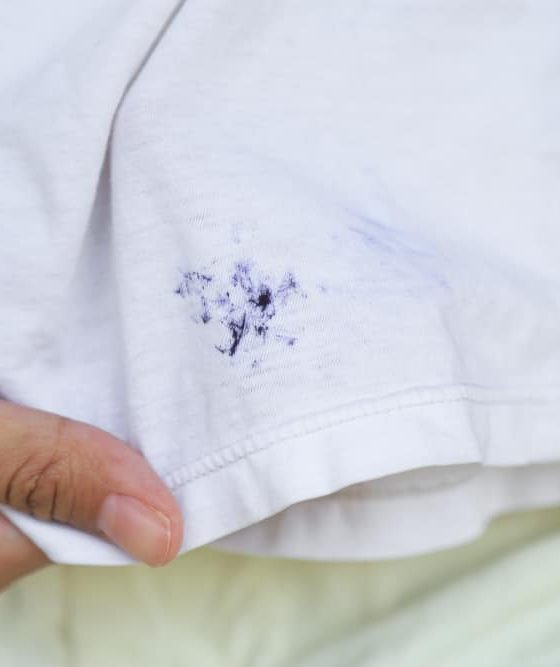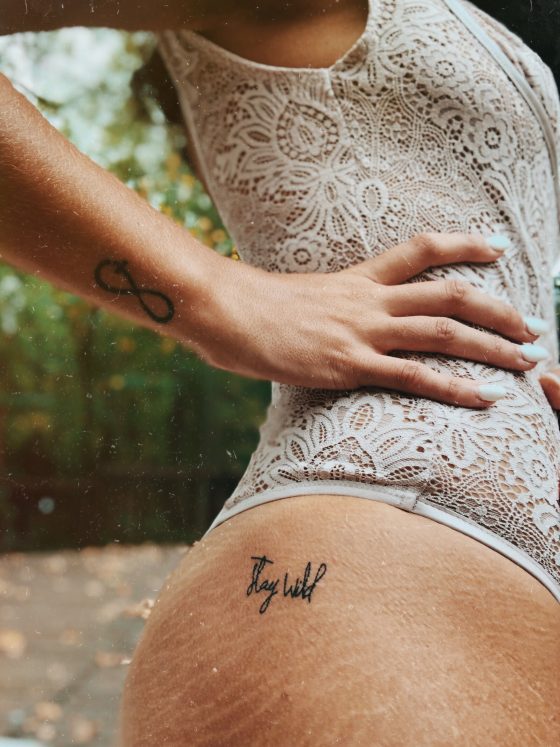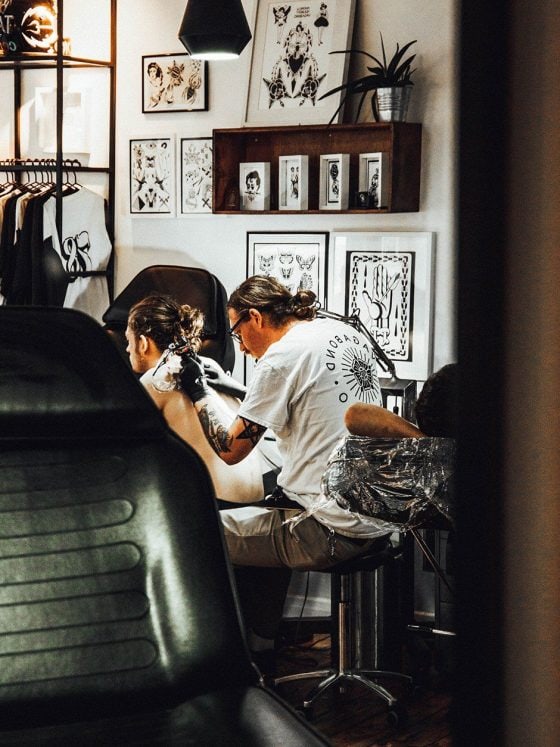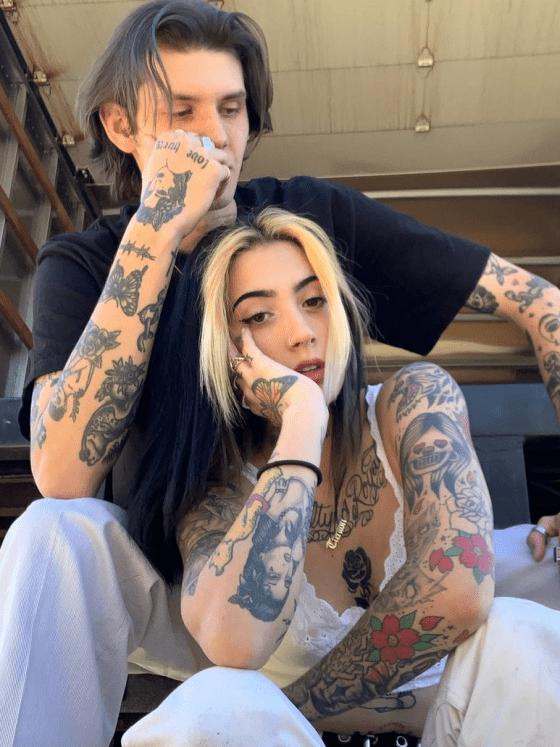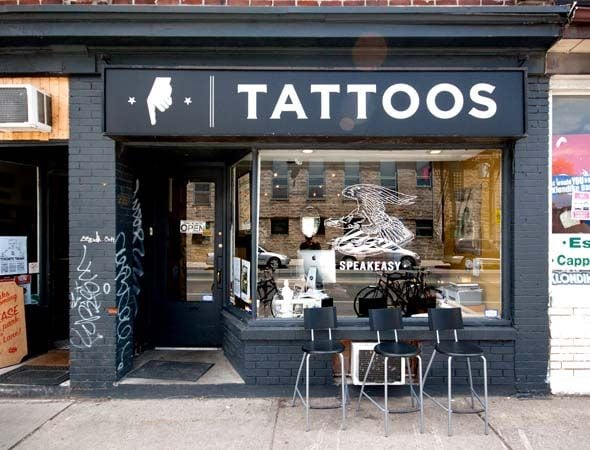
If you are into the world of tattooing at all, you have probably heard of the term “tattoo blowout” before. A lot of people think that tattoo blowouts occur when the ink bleeds under the skin in older tattoos. But that’s not necessarily the case!
In this article, we will look at what causes blowouts, how I avoid them as a tattoo artist, and whether or not they can be fixed!
What is a Blowout?
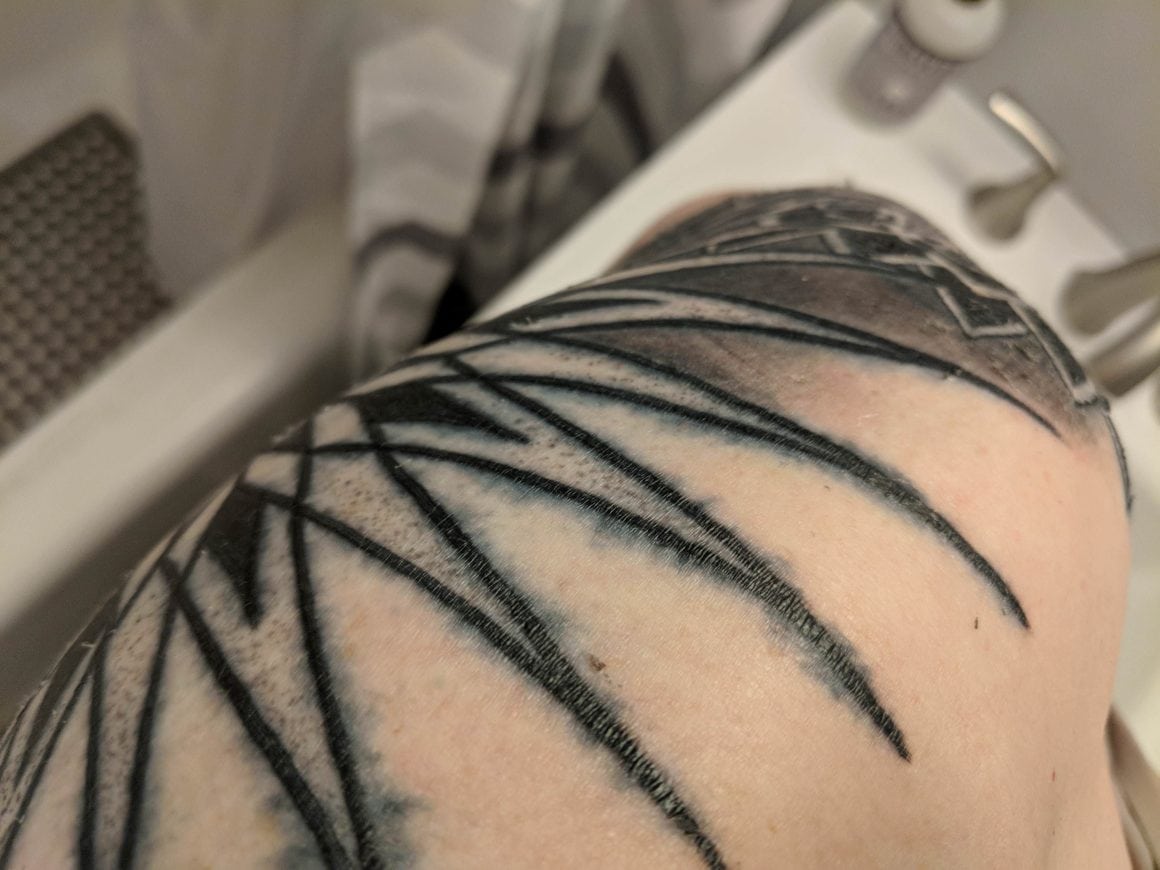
Tattoo blowouts usually occur during the process of tattooing. However, in some rare case, a blowout can occur during the healing process after getting a tattoo.
A tattoo blowout is the spreading of the tattoo ink past the desired design.
This causes lines to look blurry or smudged and is usually quite unsightly. Blowouts usually occur when the tattoo ink is deposited past the dermis layer. It can also leave a nasty blue-ish haze around your tattoo that almost looks like a bruise.
Causes of Tattoo Blowouts
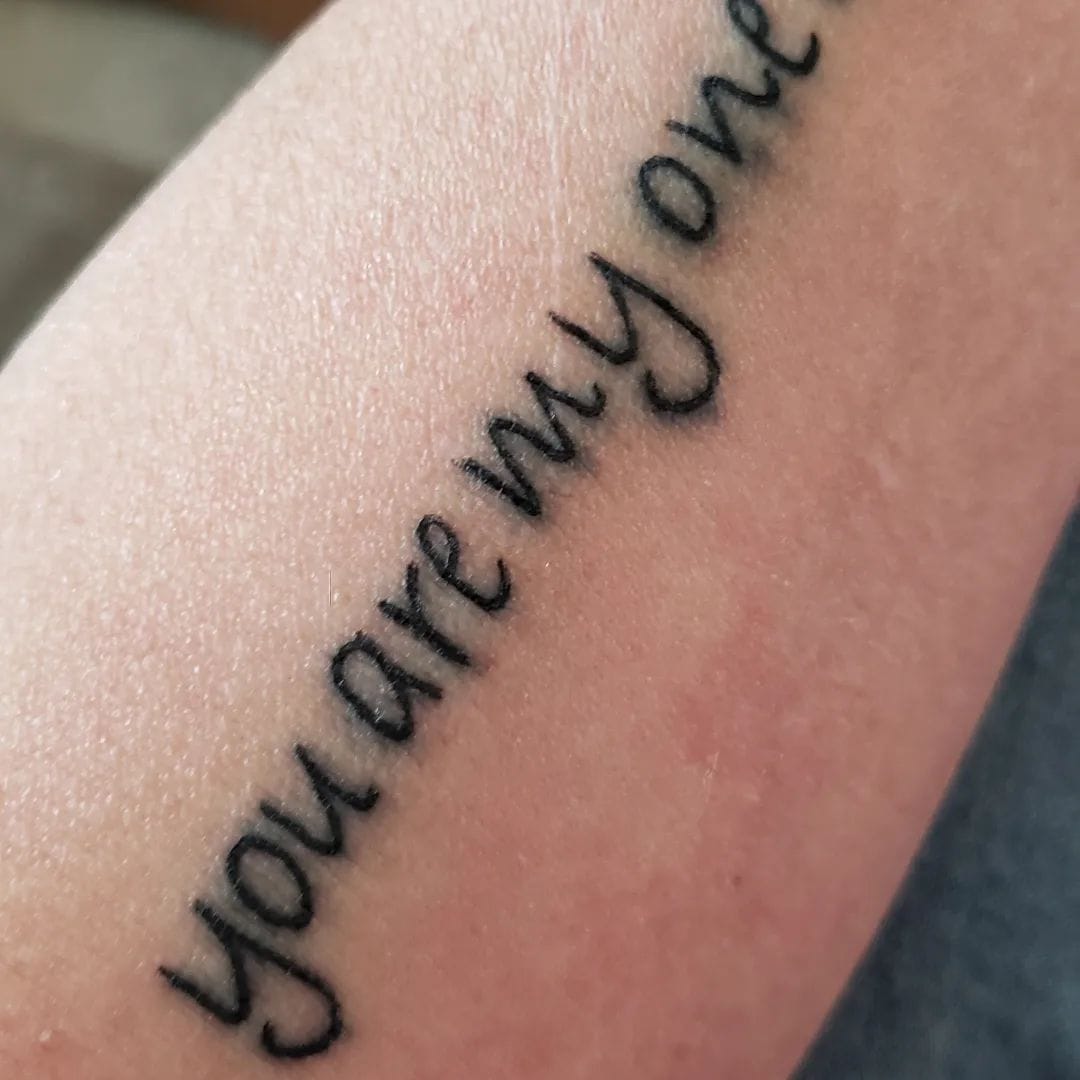
The main cause of a blowout is an inexperienced tattoo artist. Whilst many factors such as skin thickness and type, needle size, and depth can contribute to a blowout, it is up to the tattoo artist to be competent in all aspects of the tattooing process.
As experienced as a tattoo artist may be, mistakes do still happen, which is why it is important for a tattoo artist to be extremely cautious when pulling that first line.
The first line on a tattoo will usually tell you everything you need to know about your clients skin. Personally, I have a few blowouts on my body from apprentices but mostly on the squishy areas of my arm.
Skin thickness
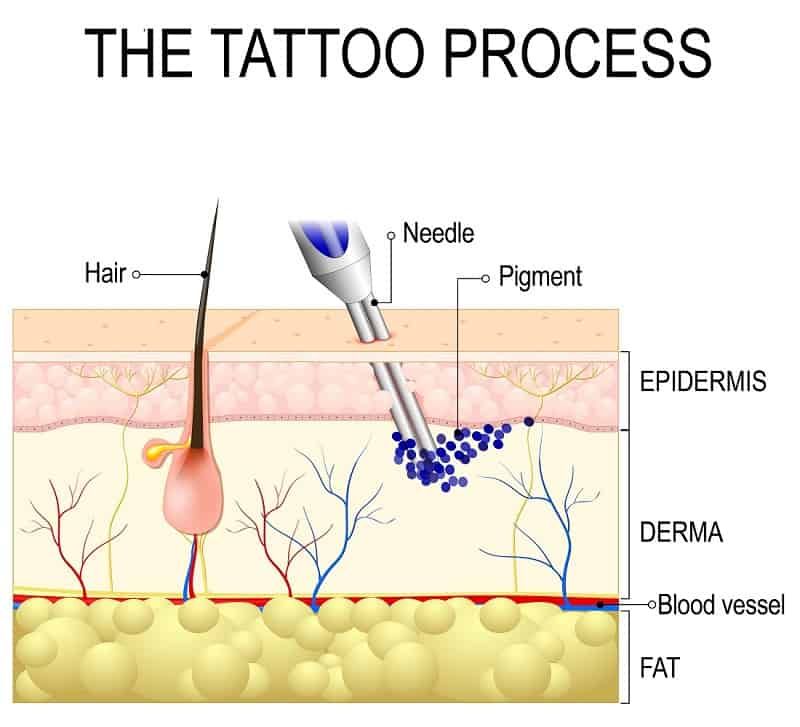
Skin thickness can differ from person to person. Some people may have thinner skin than usual.
Thinner skin means that the dermis layer is smaller, which then requires greater precision when depositing tattoo ink into the dermis layer. The threshold between epidermis and fatty layer is a lot thinner which means the tattoo needle can easily penetrate too deep and the tattoo will likely blowout.
If the tattoo needle is too shallow and only deposits the ink into the epidermis layer the ink will likely fall out and the tattoo will need a touch up once it is healed.
My recommendation to inexperienced artists, as this is something I did myself during the beginning of my career, is to tattoo lighter than too deep.
Yes, you may need to touch up the tattoo later on, but at least you haven’t caused any permanent damage to the tattoo!
Different areas of the body
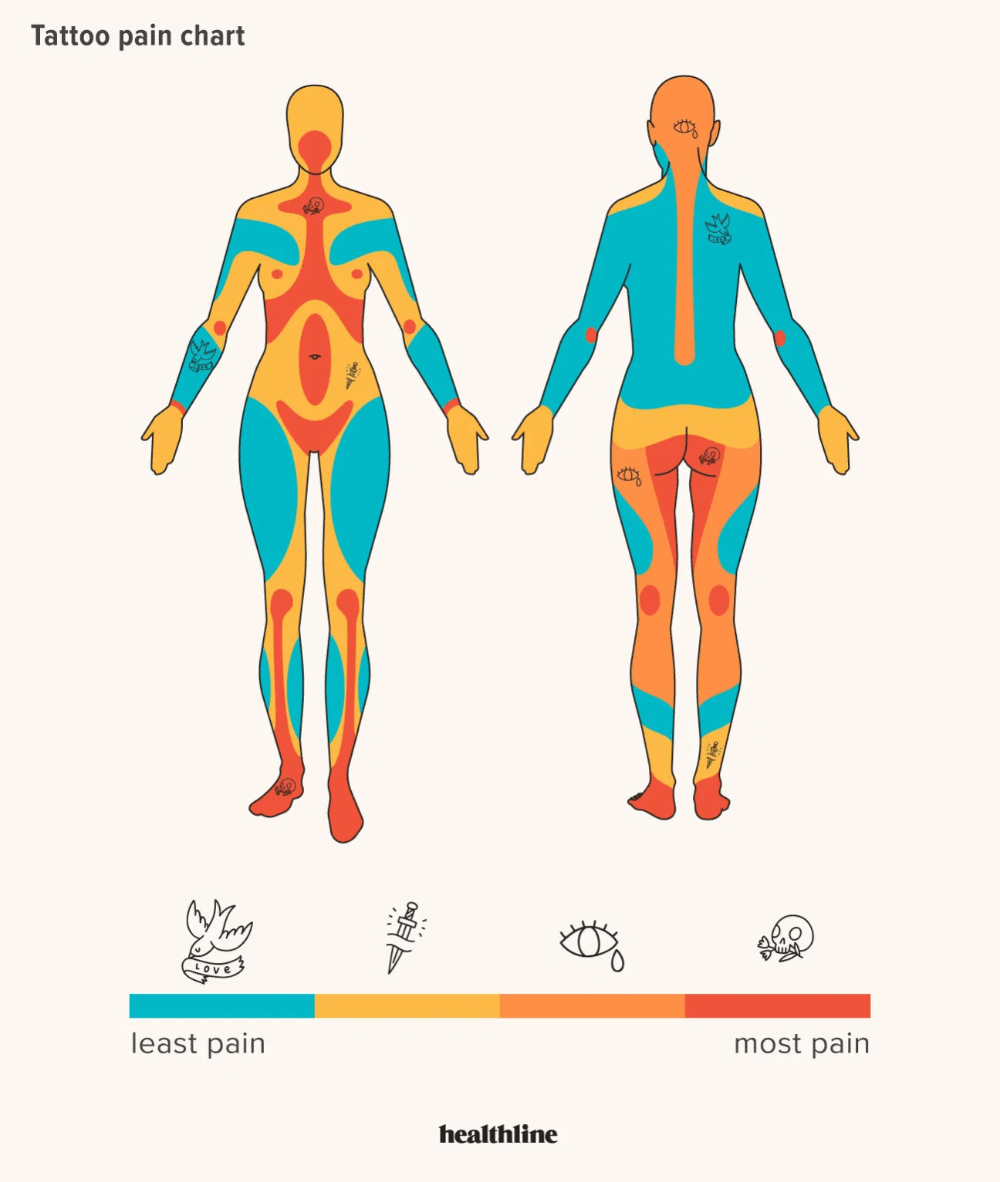
Skin thickness can also differ depending on the part of the body you are tattooing.
Places to be very cautious around are the following; ribs, sternum, fingers, feet, ankles, bicep and ditch of terror (knee and arm ditch).
You will find that the skin here is very thin, which as mentioned before, is prone to blowouts. If you are a new artist or a client going to an inexperienced artist, perhaps avoid tattooing these areas. “Safe” areas on the body: the back, chest, outer arms and calves. The skin in these areas are usually a lot thicker.
This doesn’t mean that tattoo blowouts cannot occur in this area, but there is a thicker dermis layer and requires less depth precision to prevent blowouts.
Types of needles
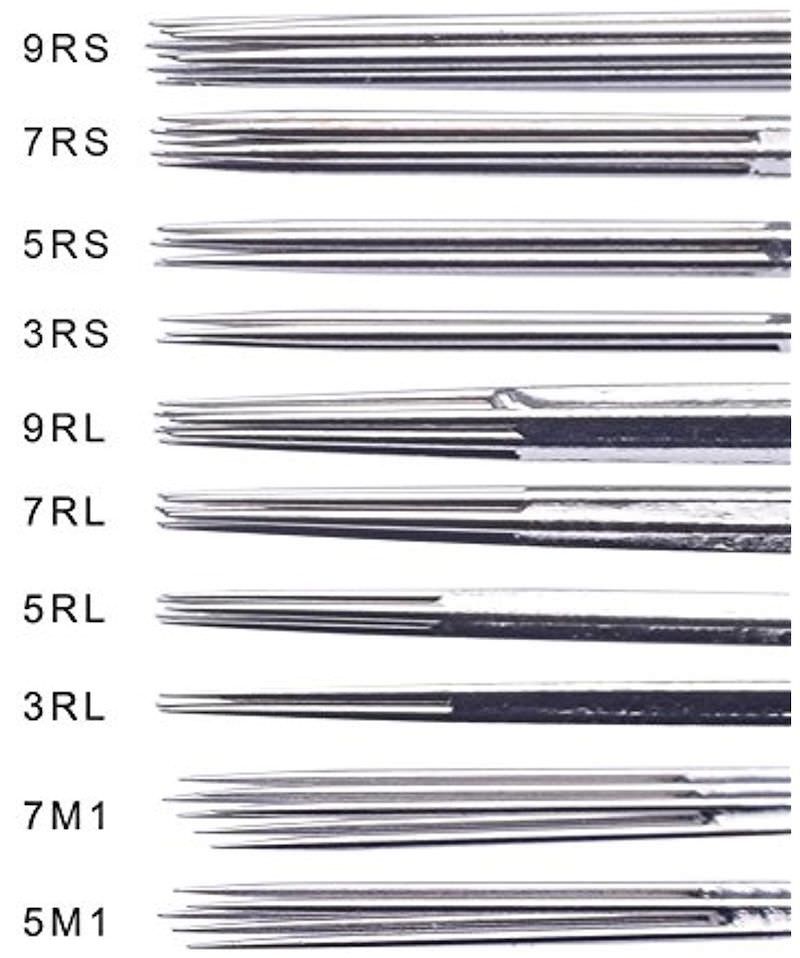
In my experience, thinner needles are more likely to cause blowouts. We have set up a Comprehensive Needle Guide to help you understand tattoo needles a bit better. Thinner needles, such as a 1rl or 3rl cause less friction when penetrating the skin.
Less friction results in the needle penetrating a lot easier, which can take artists by surprise and before they know it, the needle has penetrated through the dermis, causing a tattoo blowout.
Needles such as a 9rl and higher are less likely to cause a tattoo blowout. Because there are more needles in these groupings there is more surface tension when the needle hits the skin. This increase of friction makes it harder for the needle to penetrate the skin making blowouts less likely. If you look closely you can actually see the skin bouncing up and down when getting tattooed by thicker needles.
How to Avoid Blowouts
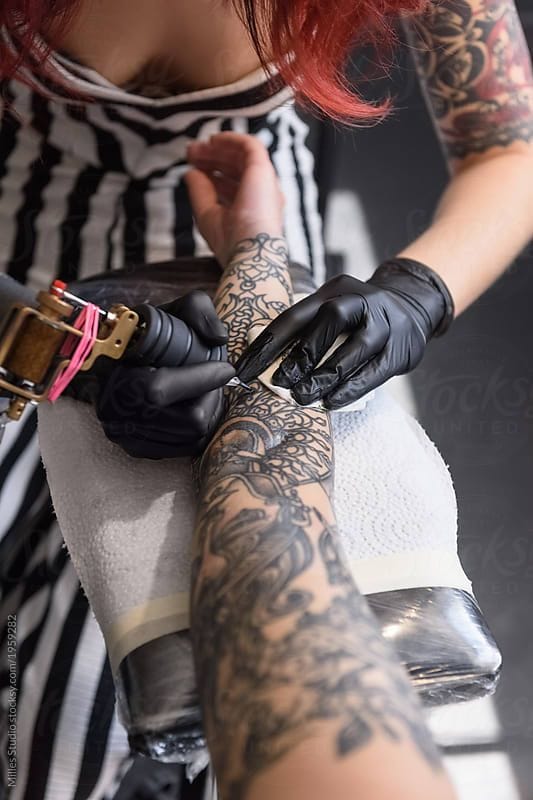
There are a few things you can do to prevent tattoo blowouts. The most effective way is to choose a reputable tattoo artist that has many years of experience and a good portfolio.
Be sure to have a good look at your artist’s work online, whether on instagram or their website. Have a good look at their line work to ensure it is good and consistent.
Take note of the placement of the tattoos they have done, as some artists may refuse to tattoo certain areas due to the difficulty of the placement. You do not want to convince an artist to tattoo your ribs if they do not have experience tattooing ribs.
You can also ask your artist if they are comfortable tattooing those tricky areas on your body such as fingers, neck, and ribs. Have a look at our Artist’s Guide to Preparing for a Tattoo if you’re curious about the process.
Another thing you can do is take care of your skin before and after the tattoo. Make sure that you stay hydrated, moisturize your skin, avoid the sun, and do not excessively drink alcohol. It is recommended to follow these instructions a week before your appointment and at least a week after your appointment. Doing this will help your body and skin stay healthy.
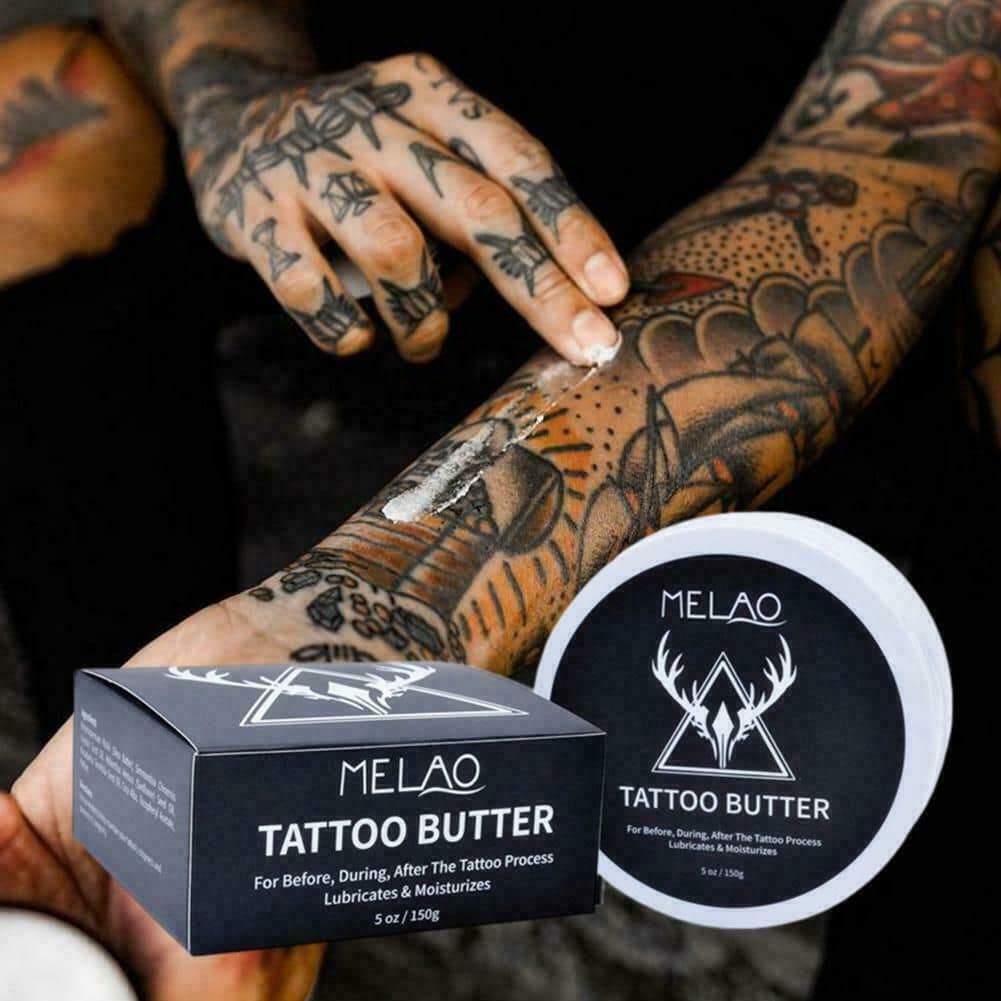
Take care of your tattoo! It is very important to follow the aftercare instructions to avoid further damage to your newly tattooed skin. You can read up on How to Heal Your Tattoos Like a Pro.
On top of practicing good aftercare, there are a few things your tattoo artist may not have mentioned. Be aware of the clothing you wear after getting tattooed. Tight clothing can have adverse effects on your tattoo and, in rare cases, cause blowouts or what is known as “ink migration.”
Consider the complexity of your design – make sure it is not too intricate if you want it done in a small area such as your wrist.
Rather simplify the design or change the placement to a part of the body that allows you to make the design bigger. If line work is too close together, it may spread over time and look like a tattoo blowout. You will see this quite often in tattoos such as small script. Letters such as e, a, and o tend to merge together and make a blob if done too small.
Can a Blowout be Fixed?
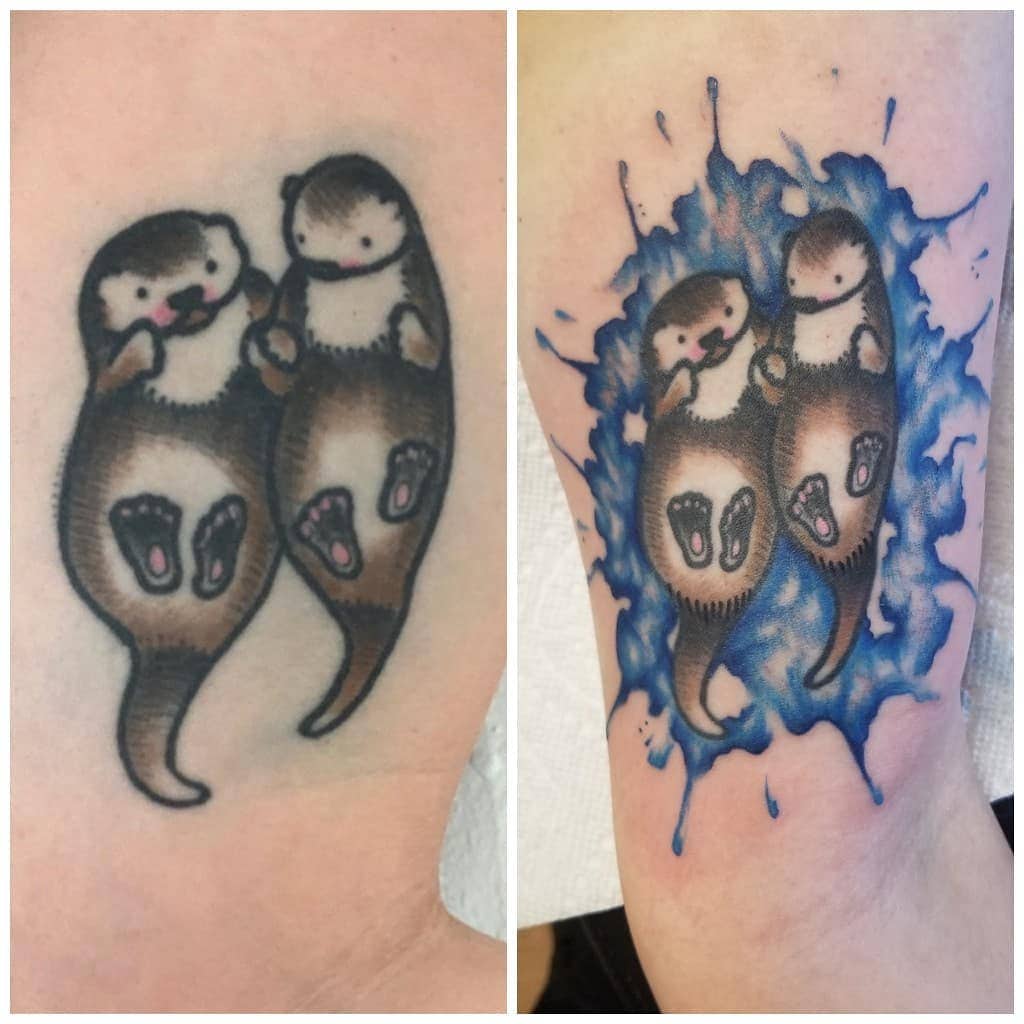
If your new tattoo has a blowout, the first thing you should do is get in contact with your artist. They may have ideas on how to fix the tattoo, whether it be adding more ink to hide the blowout or reworking the design. Keep in mind that during the healing process your skin can get dry and contract.
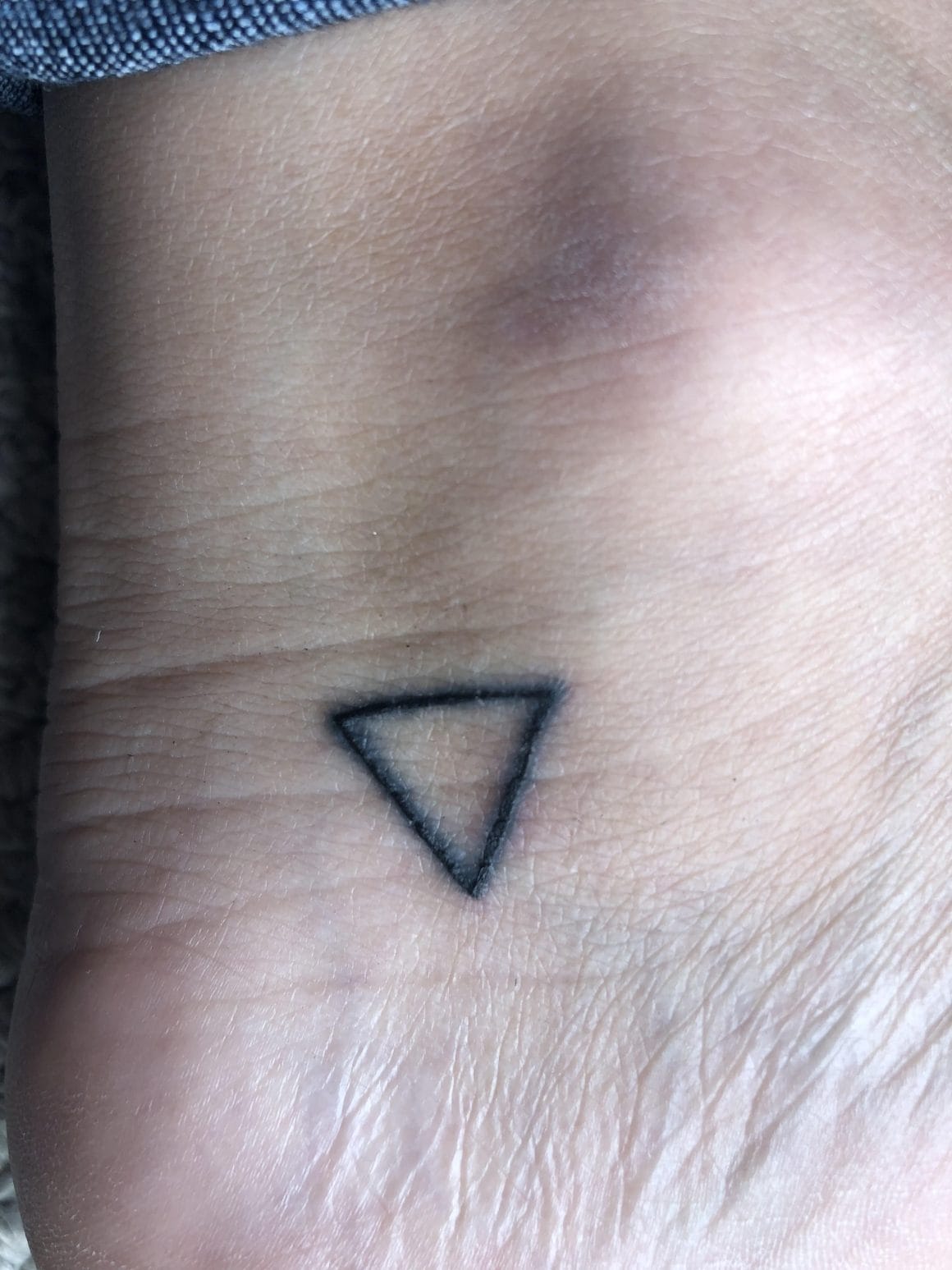
This may make the tattoo look blown out, but it is just the epidermis layer that has contracted, and the “blowout” you are seeing is the ink deposited in the dermis layer in the correct position. I recommend giving your skin at least 3 weeks to heal before becoming too concerned about a false blowout.
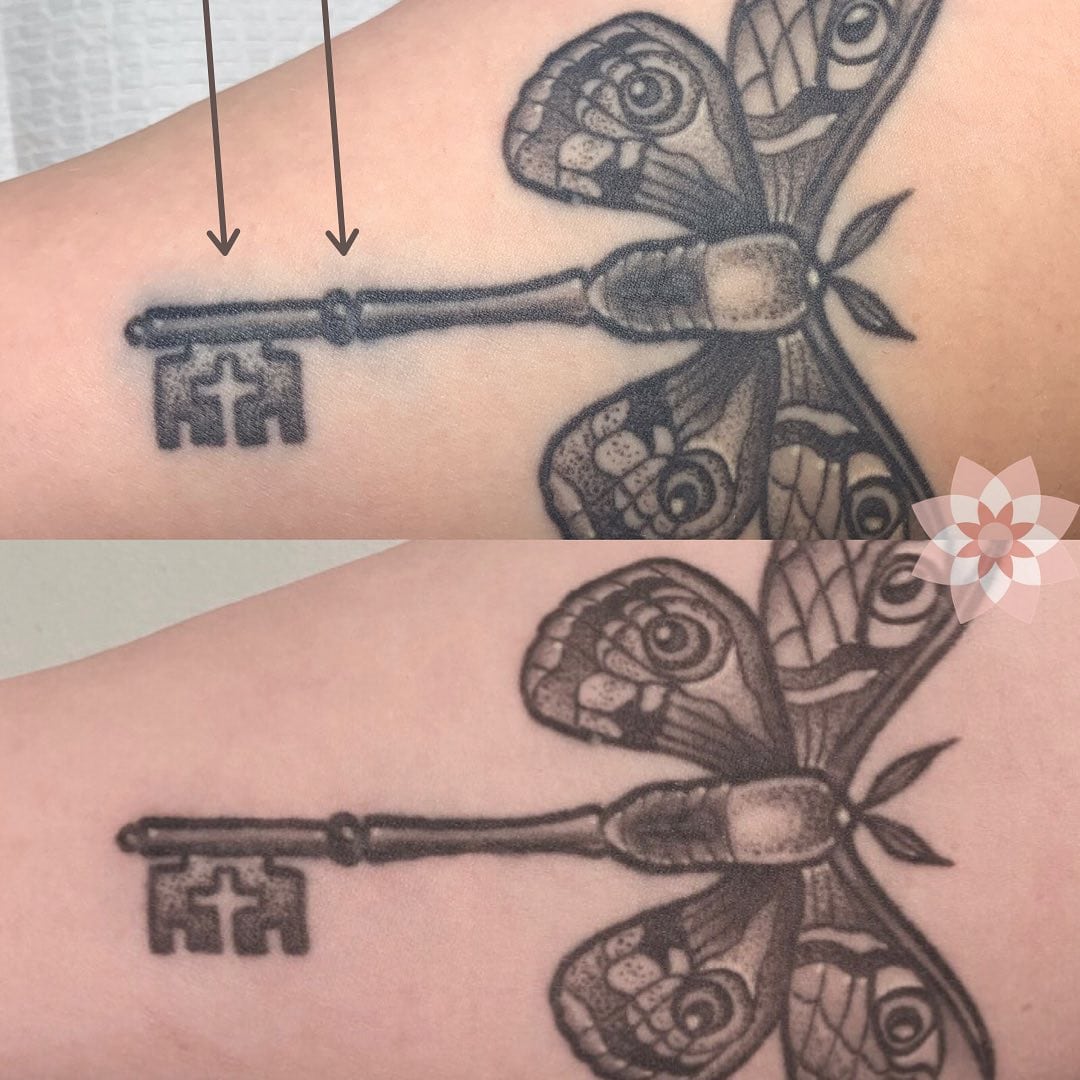
Unfortunately, there is not always an easy fix to blowouts. You may need to consider covering up the tattoo.
Have a consultation with your artist to find out if a cover-up would be possible. If you are not confident with your artist’s abilities at this point, perhaps it’s time to look for someone with more experience.
If you are not happy with the cover-up idea, unfortunately, the only thing left is to accept your tattoo for what it is or get laser removal. Laser removal can be quite expensive as it takes a lot of sessions to completely remove the tattoo. You can also laser your tattoo to the point where a cover up is possible like I did with my thigh tattoo!
Summary
Tattoo blowouts can happen to anyone! The best way to avoid them as a client is to go to an experienced, professional artist who knows what they are doing, or avoid getting tattoos on the parts of the body that are prone to blowouts.
Take good care of your tattoos and follow your artist’s recommended aftercare to the T! If you get a blowout, there are options for fixing the problem. I hope this article helped you understand tattoo blowouts better.
